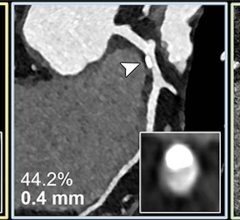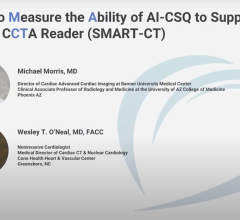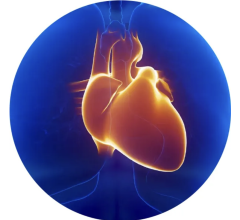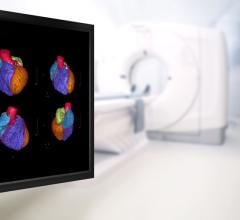
February 12, 2010 - After the U.S. FDA announced it is launching a program designed to reduce unnecessary medical radiation exposure with a focus on computed tomography, nuclear medicine and fluoroscopy, the Medical Imaging & Technology Alliance (MITA) gave its prescription for lowering radiation.
MITA, an association representing the manufacturers, innovators and developers of medical imaging and radiation therapy systems, endorsed eight key principles to reduce exposure to unnecessary medical radiation, further minimize medical errors and improve reporting of adverse events.
“Over the past 20 years, innovations by imaging manufacturers have reduced radiation for many procedures by up to 75 percent,” said Dave Fisher, executive director of MITA. “MITA and its member companies look forward to working with all who are involved in patients’ continuum of care to reduce medical radiation, reduce the number of medical errors and enhance transparency and timeliness of error reporting while also continually improving technology to aid physicians in turning patients into survivors.”
To that end, MITA endorses:
• Expanding and integrating appropriateness criteria into physician decision-making.
• Creating a national dosage registry to ensure longitudinal tracking of dose levels for patients across America.
• Adopting a standardized method of storing of diagnostic imaging and radiation therapy information within electronic health records.
• Expanding mandatory accreditation for advanced imaging facilities.
• Establishing minimum standards for training and education for hospital and imaging facility personnel who perform medical imaging exams and deliver radiation therapy treatments.
• Develop enhanced operational safety procedures and checklists to reduce medical errors.
• Expanding and standardizing the reporting of medical errors associated with medical radiation across stakeholders in a manner that is transparent for patients, families and physicians.
• Working with stakeholders to develop radiation dose reference values to provide a data point to compare the dose level of a specific procedure. MITA commits to working with other stakeholders to develop the most appropriate way to incorporate this information into manufacturers’ technology.
Proclaimed by the New England Journal of Medicine as one of the top “developments that changed the face of clinical medicine” during the last millennium, medical imaging and radiation therapy have revolutionized health care delivery in America. In a recent Dartmouth-Stanford Survey of Medical Innovations, leading general internists concurred ranking MRI and CT technology as the most valuable medical innovation in the last 30 years. Likewise, radiation therapy has become the standard of care for treating most types of cancer. Radiation therapy offers highly personalized, noninvasive and cost-effective care for up to 60 percent of all diagnosed cancer patients in the United States.
MITA and its members have a long history of supporting the reduction in radiation dose. MITA’s members incorporate the radiation dose management and optimization principle, as low as reasonably achievable (ALARA), into all imaging procedures and technologies. In addition, MITA has collaborated with all medical community stakeholders in the in the Image Gently campaign to develop protocols specifically for children to optimize scan protocols, as well as on scanner calibrations using pediatric specific phantoms for improved image quality.
MITA also convened a stakeholders meeting in November including physicians, physicists, industry and Food and Drug Administration officials to discuss ways to prevent future medical errors that involve radiation. MITA is also co-sponsoring an upcoming radiation dose summit to further the education of providers and physicists on the new technologies our companies manufacture.
For more information: www.medicalimaging.org


 March 20, 2024
March 20, 2024 








